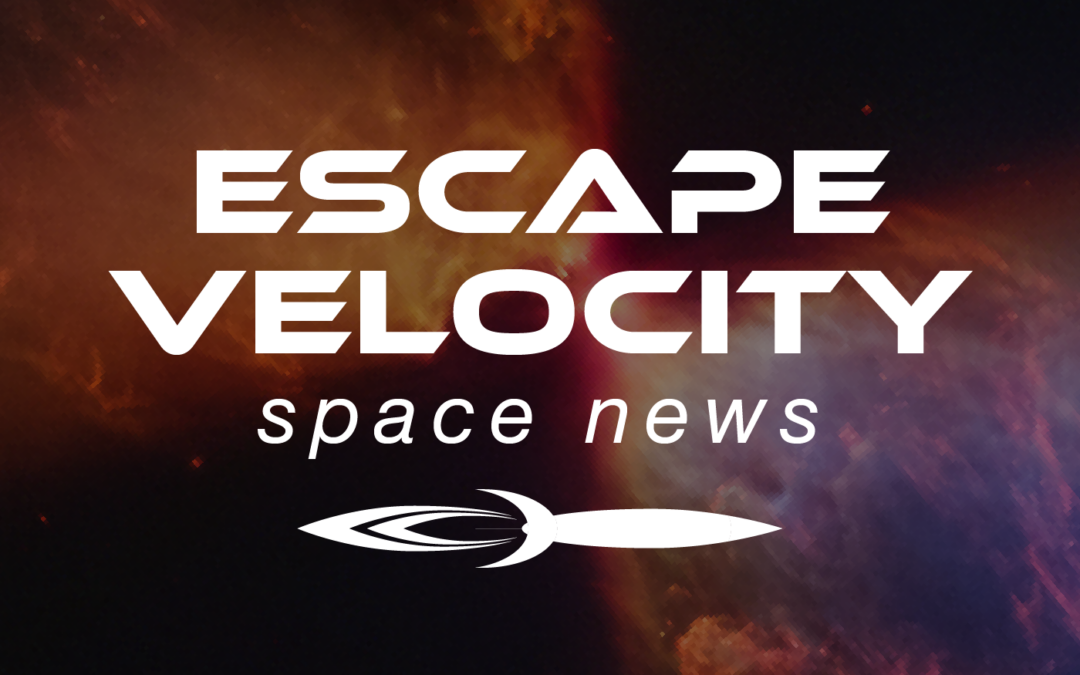Two new studies are attempting to solve a couple of big puzzles in astrophysics: Is the Hubble constant actually constant?


Two new studies are attempting to solve a couple of big puzzles in astrophysics: Is the Hubble constant actually constant?

Lets dive into the origins of Dino Killing asteroid, a star being nommed by a star, deep dive into Mars exploration, & tales from launch pad.

Quasi-satellite Kamo’oalewa, which currently orbits the Earth, is similar to a lunar sample collected during the Apollo 14 mission.

Let’s dive into the news in space and astronomy, including Hubble, Chandra, and VIPER face cuts/cancellations, weird exoplanet orbits & more.




SNFactory found that among about 50 supernovae, many had nearly identical spectra, paving the way of using supernovae to search dark energy.

Researchers find that the “oddball supernova” of a curiously cool, yellow star was lacking the hydrogen content expected.

The inner solar system was a wild and wooly place and the collisions that formed Earth and Venus were likely of the hit-and-run variety